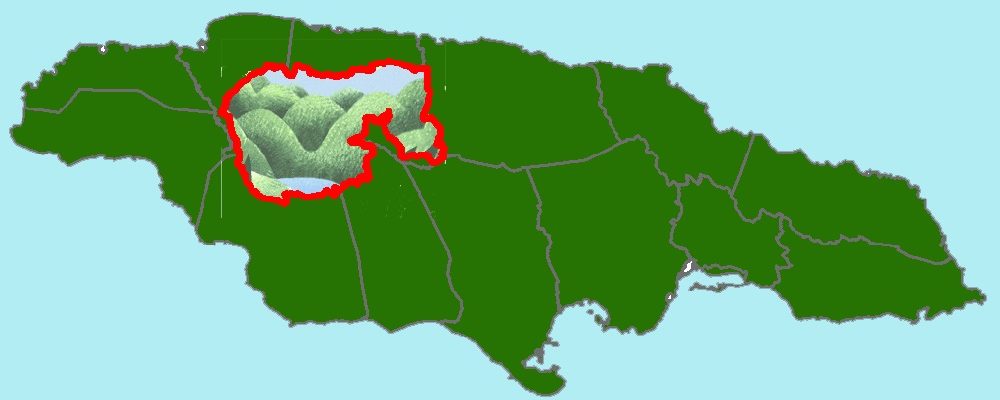

The Cockpit Country Stakeholders Group has rejected the final Environmental Impact Assessment for Special Mining Lease (SML) 173, arguing that it is at a loss to understand how what it labelled a “substandard document” could have been accepted by the National Environment and Planning Agency (NEPA), the state agency with responsibility for public health and the environment.
SML 173 is the agreement for bauxite mining in the Cockpit Country, which was revised earlier this year after concerns were raised by environmentalists and other interest groups.
The Government had modified SML 173 which would have authorised Noranda Jamaica Bauxite Partners II to mine 8,335 hectares of land in the Cockpit Country. The adjustment, according to Transport and Mining Minister Robert Montague, resulted in around 6,000 hectares of land being removed from the original SML.
The Cockpit Country Stakeholders Group has however maintained its concerns, stating: “We understand that deliberations on the granting of an environmental permit to allow bauxite mining adjacent to the Cockpit Country Proposed Protected Area are imminent, so we do not have the luxury of conducting a line by line examination.
“But the matter is of great importance as the area of SML 173 is within the boundary proposed by the Cockpit Country Stakeholders Group and supported by the review done by the University of the West Indies (UWI) in 2013.”

According to the stakeholder group, it reviewed the many submissions made by a range of stakeholders to NEPA in 2020, including local residents, Jamaicans of all walks of life, academia, experts in karst topography, hydrogeology and biodiversity– and found virtually no effort to address the serious deficiencies in the Corrigenda EIA Report, which it said appeared to be the only response to the issues raised.
“One of the most significant issues which remains unaddressed is the question of the risk posed by bauxite mining in the area delineated by Special Mining Lease (SML) 173 to underground water supplies in the watershed protection area of a major river, the Rio Bueno,” the stakeholder group said.
“In the earlier version of the EIA, there was a map … showing the proven underground flows from Cave River Sink and The Volcano to the Dornoch Head rising, established by dye tracing studies. This critical map has been removed from the final version of the EIA … and replaced with a map of fault lines with none of the proven underground flow lines included. We cannot understand why this was done.
“Is the public to assume therefore that since no other observable changes were made to the EIA apart from those listed in the Corrigenda EIA Report, that these are the only concerns that were submitted to the EIA Consultants? Or were these the only comments that NEPA found to be worthwhile? The document now on NEPA’s website headed ‘Final EIA’ does not seem to mention the public consultations held in December 2020, or the outcry which followed. The Final EIA also mentions four Volumes but only Volume I has been posted.”
“More than one-half of this ‘clawed back’ area encompasses Forest Reserves, which, according to the earlier EIA, would not have been mined in any event.”
Cockpit Country Stakeholders Group
The stakeholder group said it had also taken note of an advertisement in the weekend newspapers showing a map of an area referred to as the ‘clawed back’ area, which it said “does not even remotely encompass the 6,000 hectares” which Montague indicated would be removed from the lease.
“More than one-half of this ‘clawed back’ area encompasses Forest Reserves, which, according to the earlier EIA, would not have been mined in any event. We seek a much clearer explanation of this ‘clawed back’ area before any decision is taken on the boundary of SML 173 and a new public consultation is required,” the stakeholder group said.
“We also note that the 2013 UWI report recommended that no mining should occur in this area of Cockpit Country.”
LARGEST REMAINING NATURAL FOREST IN JAMAICA
In outlining the ongoing reasons for its concerns about the mining plans, the stakeholder group stressed that the Cockpit Country is the largest remaining natural forest in Jamaica, supplies about 40 per cent of Jamaica’s fresh water needs and is home to many endemic plants and animals.
“It is also an important cultural and historical site for Jamaicans, particularly the Maroons, and is important for climate resilience,” the stakeholder group said.
“Bauxite mining in Cockpit Country would remove the deep soils for which forests and agricultural livelihoods depend, compromise air quality, harm the health and wellbeing of thousands of Jamaican citizens and risk important water resources.”

Dr Theresa Rodriguez-Moodie, CEO of the Jamaica Environment Trust (JET), said she hoped there was some error with what has been posted as the final EIA.
“We have tried to determine why the EIA remains largely the same considering that so many comments were submitted regarding its robustness, but we have not yet received an official response from NEPA,” she added.
“SML 173 should never have been granted before the required environmental permit was considered, and an environmental permit should not be granted in the absence of a robust and scientifically sound EIA.”
The Cockpit Country Stakeholders Group urged that that the final EIA now on NEPA’s website should be rejected for guiding any decision on an environmental permit for SML 173 and that it expected that no decision would be taken “until the numerous concerns raised by stakeholders have been addressed and communicated to the public”.
Added the group: “We also anticipate that when the EIA has undergone major revisions, the public will be consulted again, especially to discuss the issues surrounding the ‘clawed back’ area.”

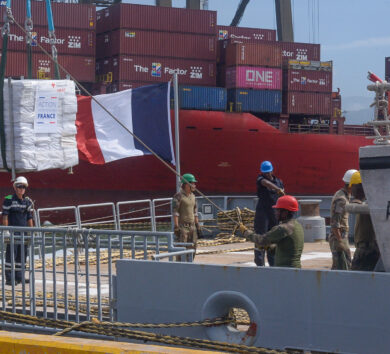
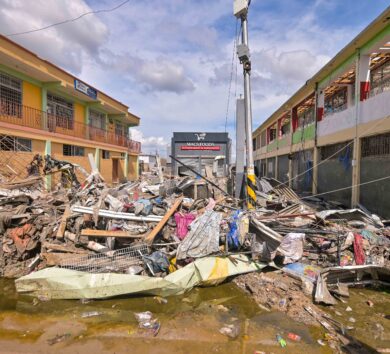
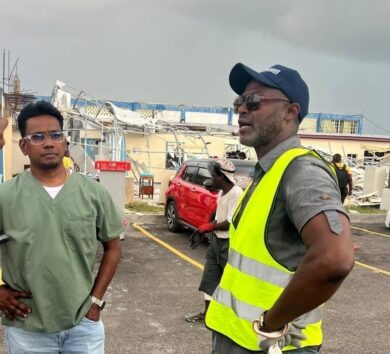
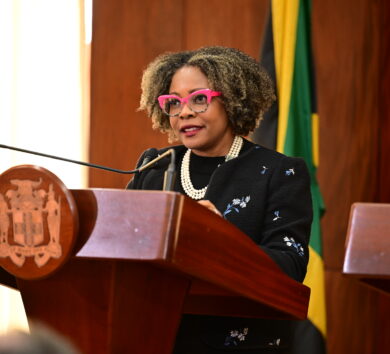
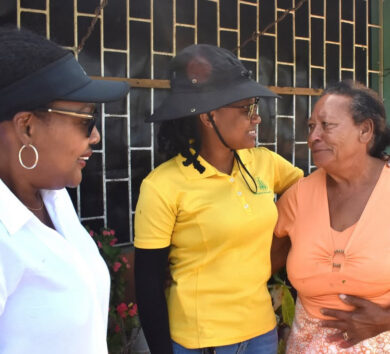
Comments